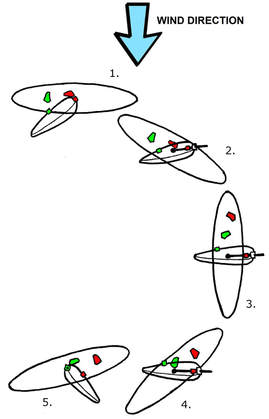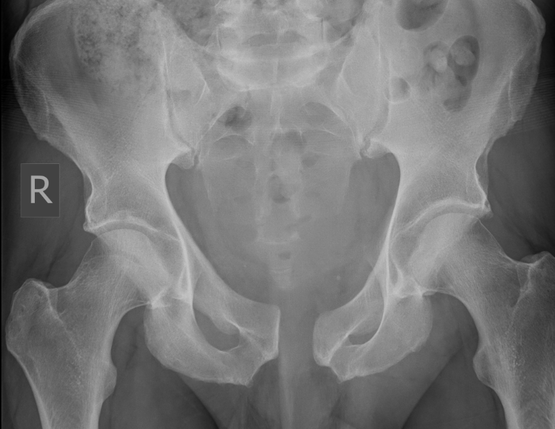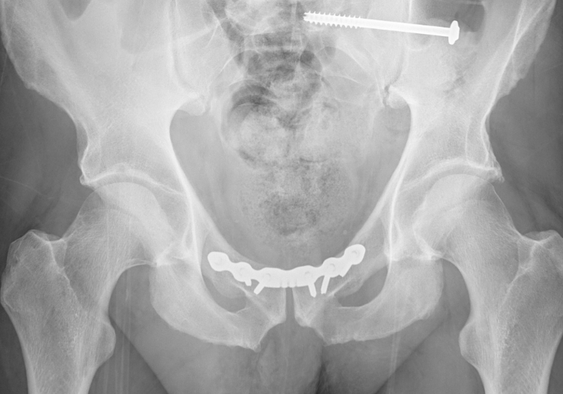Incivility affects everyone. How does it make you feel when someone is rude to you? Research shows that mild to moderate rudeness results in 60% reduction in cognitive ability (your bandwidth) following the event. A fine example of this effect is the delayed reaction by your brain when you think about how you should have reacted in the moment when someone was rude to you about half an hour later. And then you feel disappointed that you couldn’t think of this sharp reaction at the time!
Incivility also affects on-lookers. 20% of on-looking staff have a decrease in performance and 50% will have a reduction in willingness to help others. When patients and relatives in the area witness incivility between staff members, 75% will have less enthusiasm for the organisation and 65% will be anxious in dealing with the staff.
Our natural reaction as human beings are to react defensively, perhaps we think of it as protecting ourselves. So, next time when you are trying to refer a patient to another team and you have a rude response, think about your reaction. Before you are rude in return, think about the effect of incivility on the individual and on-lookers and ultimately on patient care and patient safety. Rather than rising to the same level of rudeness, we should appreciate that there may be a reason for the other person’s behaviour and perhaps ask them “Are you OK? You don’t seem like yourself”. Perhaps offer them a cup of tea... We should not expect rudeness in our day to day professional interactions, and we should certainly not be rude to others. If you're rude, you automatically make your team perform worse. 
Please go to the Civility Saves Lives website for more reading https://www.civilitysaveslives.com/ http://www.bota.org.uk/hammer-it-out/
N Bothma
He managed to make it to the shore, get out of his wetsuit, and drive to the emergency department where described severe pain over the suprapubic area. His observations were all within normal range and with analgesia , he managed to mobilise and fully weight bear from wheelchair to bed , although with severe pain. Examination showed tenderness over the symphysis pubis and the left side of the groin. The abdomen was soft otherwise and there were no other evident injuries. Lower limb examination was normal but range of movement of the left hip was restricted by pain in the left side of the groin. An X-ray of the pelvis showed evidence of pelvic diastasis, and the left sacroiliac joint was suspicious for a potential fracture. After discussing with the orthopaedic team, a CT pelvis was obtained which confirmed pelvic diastasis with no associated fractures. There was also a 10*6*11 cm pelvic haematoma anterior to and compressing the urinary bladder. Both sacroiliac joints appeared normal, with an incidental cystic lesion noted lateral to the left sacroiliac joint. The patient was admitted under the orthopaedic team, where two days later, he underwent an open reduction and internal fixation of the pelvic diastasis with a left sacroiliac screw insertion. This presentation was particularly interesting to consider the possibility of ligamentous disruption to the symphysis pubic with abduction injuries. N Bothma on behalf of Ahmed Abdelhadi (ED ST1)
|
Categories
All
The Derrifoam BlogWelcome to the Derrifoam blog - interesting pictures, numbers, pitfalls and learning points from the last few weeks. Qualityish CPD made quick and easy..... Archives
October 2022
|







